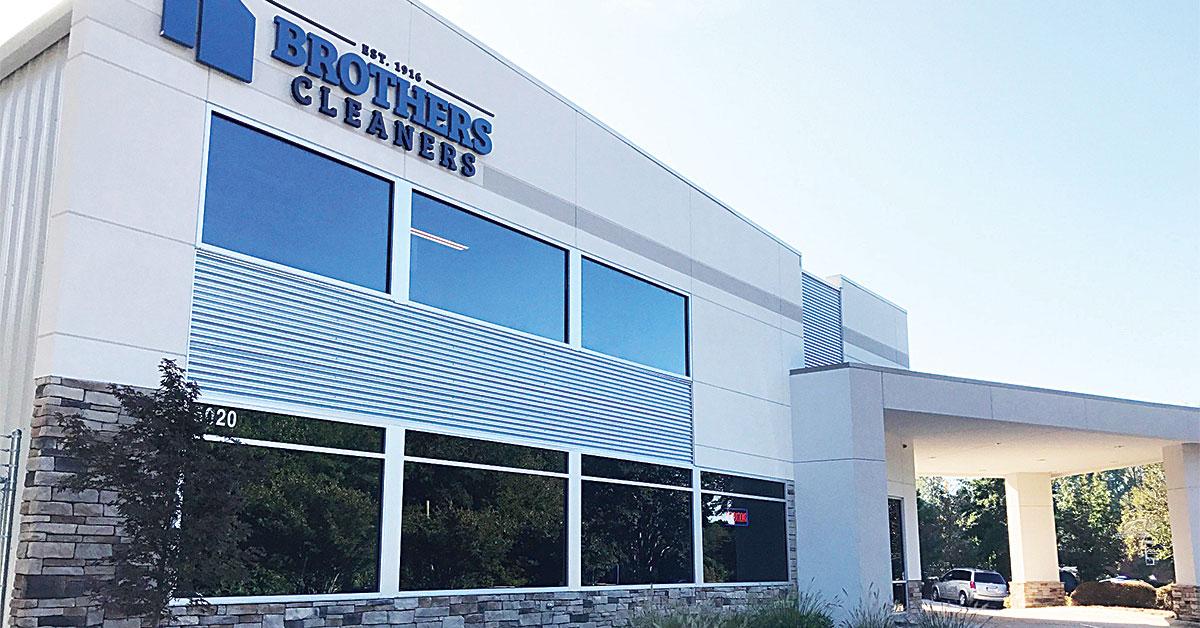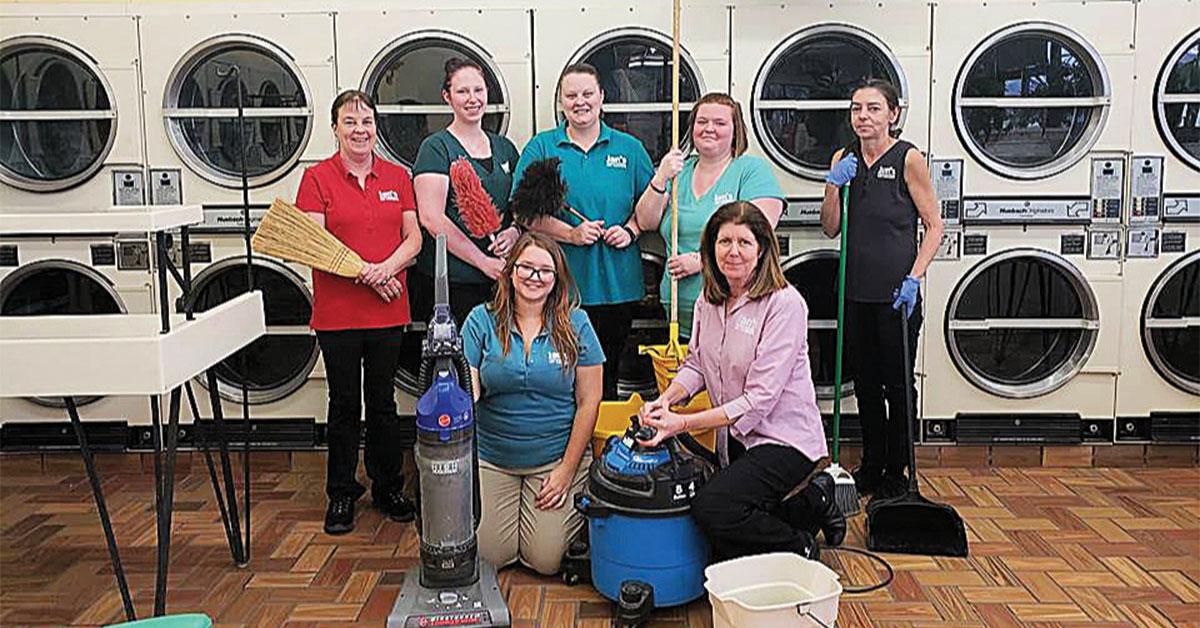CHICAGO — “We work in a pretty dirt-filled environment. We are constantly bringing in dust and dirt with the exterior doors being open most of the day and by creating buckets full of lint from all of the depilling we do on coats and sweaters,” says Dave Cass, co-owner, along with his brother Brian, of Martinizing Metro Milwaukee, which specializes in convenience by offering same-day cleaning or free pickup and delivery route service.
“With that said,” Cass explains, “every day we need to clean-off our intake screens on all of our equipment. The best way is to use a vacuum and brush both. If a brush alone is used, then typically the employee cleans the screen off and leaves the lint right there on the floor where it’s going to end up back on the screen the next morning when the machine gets turned on.”
Dust and lint, if left to build up, can cause serious safety problems and even lead to a fire in the plant. Drycleaning owners need to be vigilant in their dust control procedures. Cleaning isn’t just the name of your industry, it should be a way of life — for everyone’s safety.
But unexpected things can happen.
Cass relates a lesson for all drycleaning operators: “My biggest surprise to date came recently after a motor burned up on one of our shirt units. I literally had just inspected the work done in this area about a week earlier and the cleaner had done what I thought was a great job. The cleaner removed a ton of lint and used a vacuum on all of the motors to get out what we thought was most of the lint.”
“What I thought,” is the key phrase here, drycleaning owners.
Cass continues: “What I didn’t realize was how much was still packed in that motor, causing it to overheat and catch fire. The electrician showed me afterwards how much lint was still left in there.”
Cass notes that: “We now use an air gun to try and blow out even more lint. Had we kept up with the lint early on it would not have been the problem that it became.”
Another key phrase to dwell on: “Kept up.”
If you don’t already have a dust control maintenance plan at your cleaning operation, start one now. And don’t assume what you think is being done. (See Cass’ lesson above.) Look over all your machines and motors inside and out to assess if they are being cleaned properly.
Even if you have a plan in place, ask yourself: Is it being followed properly and is it comprehensive? It’s never too late to update an existing plan, or create a new one.
Speaking of dust control maintenance, Cass points out that: “We have a plan in place to keep the lint in check. We thoroughly clean a row of equipment every week, cycling back through in about five weeks.
“I say ‘plan’ because we have struggled with filling this position at times, so it does not get done as often as I would like. This is a position I offer more money for than just about anything in our building, but it’s still been difficult to keep filled. It’s part of a 10-15 hour job per week cleaning our plant that can’t be done during the weekday. It has to be done after hours to do it right,” Cass says.
“We also try and clean all of the dryer duct-work twice a year, although I would have to admit it’s probably more like ‘annual’ the past few years, because of the struggle with keeping the cleaning position filled. We now have openings in all of our ductwork for easier access to clean the dryer vents. We need to retape these closed after we are done,” Cass says.
Critical to stopping lint and dust buildup at your operation is how well you stick to your cleaning routine.
Enter Bob Hilker, one of two co-owners, with twin brother Tom, of Raleigh, N.C.-based Brothers Cleaners.
“For dust control maintenance, we, on a quarterly basis, come in on a weekend and blow down the entire plant,” he relates.
His drycleaning operation was devastated by a catastrophic fire in 2015 but it was completely rebuilt and re-opened two years later, and then was named 2018’s Grand Prize winner of the American Drycleaner Plant Design Award.
Hilker notes that to be ‘preventative,’ you must, simply put, keep your plant clean. Period. His straight-to-the-point message, learned from experience, is a reminder to all drycleaning operators.
The turn of a phrase might go: In this business of clean, keep your business clean. And that means relying on your team members; consultants and partner companies; and following a plan.
Check back Thursday for the conclusion.
Have a question or comment? E-mail our editor Dave Davis at [email protected].



